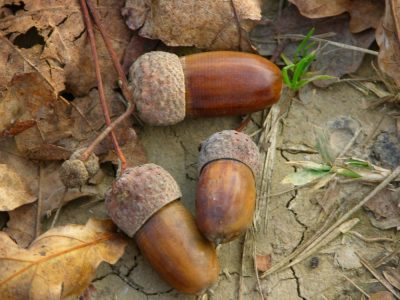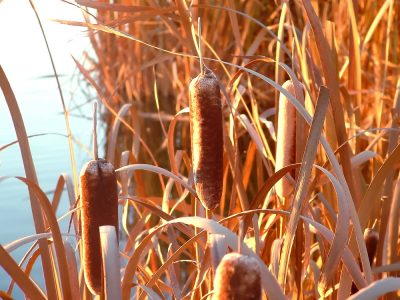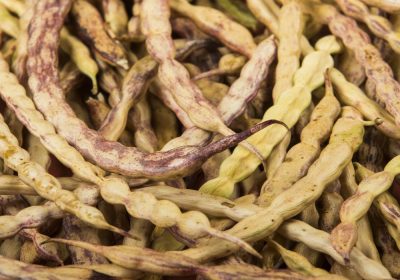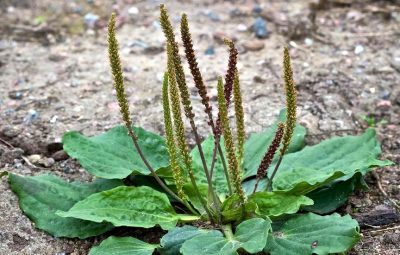Top 5 Wild Plants You Can Make Flour With
Morgan Rogue 10.26.21

Our world is amazing, isn’t it? There’s so much abundance around us, all we need to do is learn about it and we have one more piece of knowledge that can help us everyday, as well as outdoor excursions or even survival scenarios.
There are so many plants that can be used to make a type of flour. None of them are going to be exactly like each other. You’re going to have to learn how to cook and bake with them to make the end product any type of edible.
Here are 5 wild plants you can make flour with:
Acorns

Honestly, most wild nuts can be ground into flour. I’ve discovered all kinds of nuts in the wild, not just acorns. However, acorns are wildly abundant. You will first need to leach the toxins from the acorns before processing and consuming.
A basic breakdown of leaching the toxins:
- Shell the acorns
- If you have a consistently flowing, strong stream nearby, place them in a bag, tie the bag to a tree or something else nearby, then drop the bag into the stream and leave it there for a few days.
- If you don’t have a stream, you’ll need to leach them in a bowl or large cup with clean water. A common way of doing it is placing them in a jar of water, waiting 24 hours, dumping the acorns and replacing them in new, fresh water, waiting 24 hours and continuing this process until the water turns clear.
Next, to make your flour, the nuts should be dried, dehydrating is best, whether by sun, oven (on lowest temp) or dehydrator.
Finally, it’s time to grind them up and start experimenting with baking with it!
Cattails

Cattails are quite common around marshy, extremely wet areas like lakes, rivers, even culverts on the side of the road.
The rhizome, or the root, is the part that will become the flour.
To use the rhizome you’ll cut it up into slices and dry them out completely.
Once dried, you can grind them up into a flour.
Mesquite Beans

If you live in a southern state, you may have come across a mesquite tree at some point. There are many different varieties but the bean pods can all be made into flour.
First, let the pods dry out on the tree before picking. They should turn a tan-ish brown and be extremely easy to pull off the tree when they’re ready.
If you’ve picked green pods, you can dry them out first with a dehydrator or in the sun.
Once dried, use a mill or other grinder to grind them into a powder to use for flour.
Curly Dock

Curly dock isn’t impressive at all and is often overlooked and ignored, even shunned as just another annoying weed.
However, the seeds are edible and can be ground up into flour. Let them dry on the plant, they should be dry, papery and brown. Then strip the stem of the seeds and grind them up into flour.
Plantain

Plantain, not to be confused with the type of banana plant, looks plain and uninteresting. I see it everywhere and most people see it as a weed, but I see it for all of its glory.
One piece of its glory is being able to provide flour. Plantain offers quite a bit of seeds that can be stripped off, dried and can be ground into flour.
Honorable mention – Tree Bark
I’ve never attempted to make flour from tree bark, but I thought I’d mention this method in case you happened to want to try this method one day. You can harvest the under layer of the tree bark from Pine and Birch to dry and grind into flour.
I wouldn’t recommend doing this on live trees and it will injury them greatly, however, if you are going to be cutting down a pine or birch, use that opportunity to shave off the layer under the bark to dry and use for flour.
Isn’t nature awesome? What’s even more impressive is that someone long ago discovered that all of this was possible!
This doesn’t come close to the amount of plants that can be made into flour, medicinal, coffee, teas, salads and so much more. Wild edibles are abundant and worth learning!
Happy foraging!

